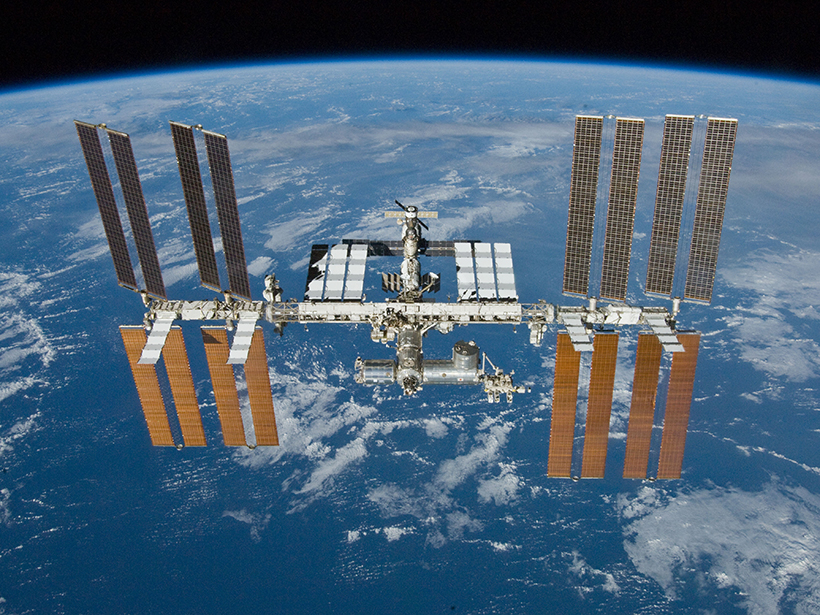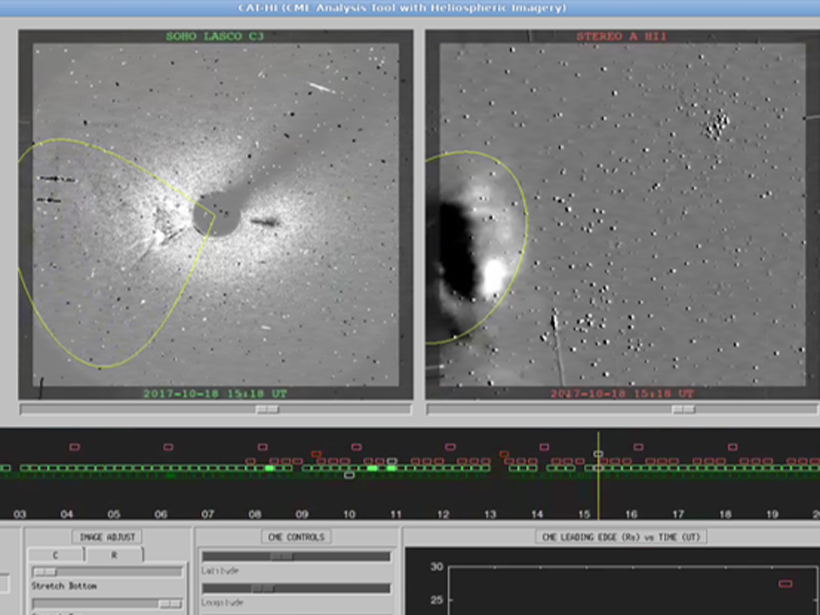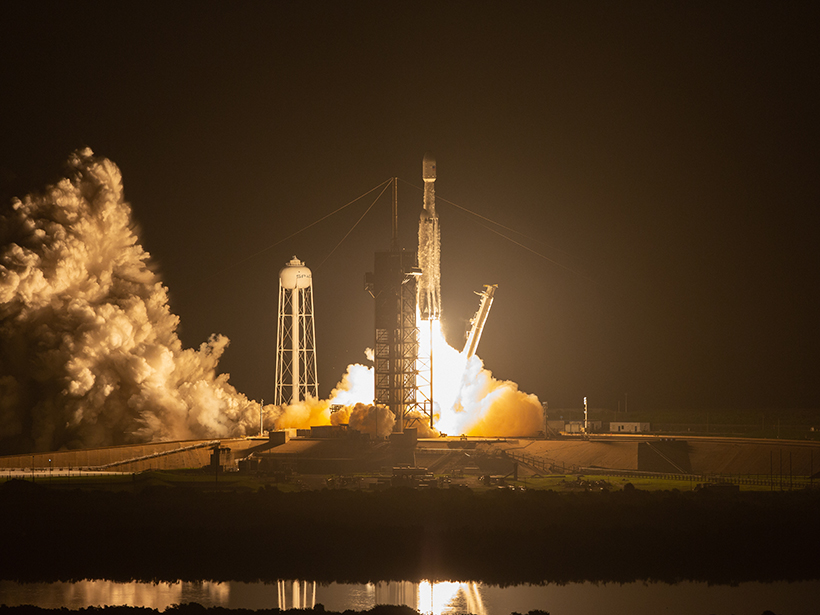Spacecraft sometimes produce a form of electrical self-interference as they zip through plasmas in space—a previously unreported effect that may be lurking in old data sets.
space weather (hazard)
Atmospheric Drag Alters Satellite Orbits
A new modeling study shows how the density of the thermosphere influences the paths of satellites in low Earth orbit.
The Infrastructure Impacts of Solar Storms
A new book brings together insights from the space weather, geophysics, and power engineering communities to understand the characteristics and impacts of geomagnetically induced currents.
Space Weather Aviation Forecasting on a Global Scale
Under a new mandate, consortia of the world’s major space weather centers will disseminate new space-weather advisories for civil aviators representing a significant change-of-state for space weather.
Looking Away from the Sun: Improved Tracking of Solar Storms
A new tool for tracking coronal mass ejections away from the Sun opens a path toward more accurate warnings for operators who have to cope with adverse space weather.
Forecasting Solar Storms in Real Time
Predicting when solar storms will hit Earth remains a tricky business. To help, scientists can now submit their forecasts of coronal mass ejections online as they unfold in real time.
Six New Satellites Watch the Atmosphere over Earth’s Equator
The FORMOSAT-7/COSMIC-2 constellation, launched this June, will provide the most accurate data yet on tropical weather, climate, and space weather.
Space Weather Drives Power Grid Anomalies in Europe
A retrospective cohort analysis of anomalies on the Czech power grid shows they are more common during enhanced geomagnetic activity, the first time such impacts have been identified outside the USA.
Podcast: Space Weather and Global Policy
In the latest episode of its Centennial series, AGU’s Third Pod from the Sun talks space weather and its influence on global policy with Delores Knipp.
Solar Flares Increase Radiation Risk on Commercial Aircraft
A new study quantifies how space weather may affect polar transcontinental flight.










